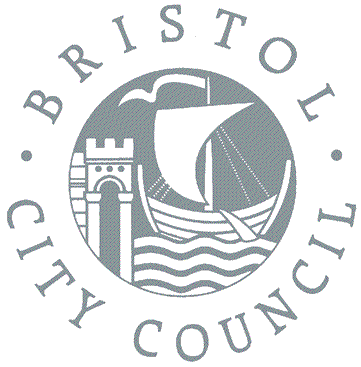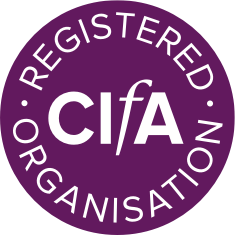Barton Hill Pottery, Bristol
In January 2013 BaRAS undertook an archaeological evaluation in advance of a proposed housing development at 34 Queen Ann Road, in the Barton Hill area of Bristol. The work uncovered substantial, well-preserved remains of an early 1870s pottery.
Ceramic production in Barton Hill began in about 1810 with the establishment of a pottery workshop in outbuildings behind a 17th-century house known as Tilly’s Court. The pottery was initially run by James Duffett, then later by his son of the same name, but it was declared bankrupt in 1849. By 1859 it had been purchased by a former employee named Alfred Niblett.
Alfred had no money of his own and had to borrow heavily to buy Duffett’s pottery and finance the construction of a new factory known as the ‘Barton Hill Pottery’ on a vacant plot opposite Tilly’s Court.
Unfortunately Alfred’s investment was not a success and in 1888 the pottery closed after he was declared bankrupt. The buildings then were sold off and converted for use by a metal merchant and paint-keg and oil drum manufacturer. Parts of the pottery were demolished in the early 1900s, and in the 1920s the surviving building was converted into a firelighter, candle and polish-making factory, run by the grocery chain Pybus Brothers. The rest of the factory was destroyed by fire in the early 1940s, and the site has been an open yard ever since.
The evaluation uncovered the remains of the pottery and extensive dumps of kiln waste. Amongst the painted and transfer-printed white tableware were fragments of Royal Navy crockery, which included a mess bowl, printed with the words ‘HMS Excellent’. This is a shore-based establishment of the Royal Navy on Whale Island near Portsmouth and has its roots in gunnery training from 1830 onwards.
Planning permission for the new development has now been granted and BaRAS will now excavate the rest of the pottery before building work commences. The main aim is to uncover the layout, work out how it functioned, and recover samples of pottery waste in order to determine the range of products that were manufactured on the site.

Plate 1 Pottery kiln base and floor of the Barton Hill Pottery looking north towards Queen Ann Road

Plate 2 Royal Navy mess bowl for H.M.S. Excellent
Tags: bristol, post-medieval, pottery
- Categories
- Events
Excavations
Finds
Survey
BaRAS is registered as an organisation with the Chartered Institute for Archaeologists
All material © copyright BaRAS 2004 – 2016




